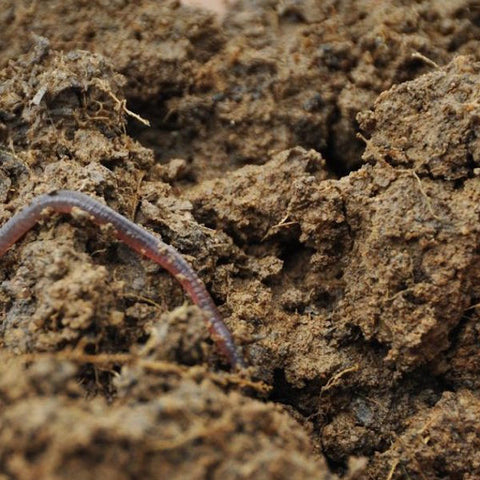Good reporting on food and the microbiome from our friends across the pond:
>>>>>>>>>>
The Food Programme on BBC Radio 4 this week might just come to be seen as something of a historic milestone. According to its presenter Dan Saladino, it contains revelations of such significance that they are causing him to re-evaluate his relationship with his own stomach, as well as his food choices and eating habits.
The programme (which was at least in part inspired by a conversation between Dan, myself and Sheila Dillon, the Food Programme’s main presenter) is the latest manifestation of a synchronicitous global arising of new knowledge, revealing the interconnectivity of all things. In this particular case, the symbiosis between the vast and diverse community of bacterial flora which populate our stomachs (outnumbering the number of cells in our bodies by up to 3 to 1) and the process of digestion.
What we’ve learnt is that digestion is actually a mysterious, almost miraculous symbiotic process, and that each of us has a unique microbiome, a kind of bacterial fingerprint, which is quite literally primed at birth through the transfer of anal and vaginal bacteria from the mother’s birth canal to the skin of the newborn infant, then ingested as the baby sucks in this primordial soup during its first feed at the breast.
And there are yet more revelations – as discussed between Tim Spector and Dan Saladino on the programme. If we alter our diet our microbiome adapts accordingly, as one might expect, but then reverts to its original ‘signature’ if we go back to our ‘normal’ dietary intake – for example giving up fast food, or French cheese (in Tim Spector’s case). The funny thing about all this is that once one learns about it, it somehow seems intuitively obvious. Yet the old orthodoxy had such power that it has ruled food industry and farming practices for more than a century.
I believe that these fascinating insights herald a historically significant departure from an old, tired, reductionist scientific thinking, which has dominated orthodox opinion in all matters related to our food and farming culture for most of the last century. According to this old thinking – although it was accepted that digestion was aided by the almost accidental presence of bacteria – the ubiquitous presence of these little understood microscopic creatures inside us and around us was seen as a mixed blessing, since they also represented a constant lurking threat to food hygiene and therefore were to be eliminated at all costs from all households, especially so called ‘food preparation surfaces’ by a frighteningly potent army of bactericides. The underlying attitude towards these sterilants was perfectly encapsulated in the catchline of a TV ad for the toilet cleaner Domestos, “kills all known germs”!
This culturally embedded fear of germs has had devastating, if unintended consequences, both for our guts and for our agriculture and food production systems. We have been willingly accelerating what could be seen as a mass extinction of previously common strains of stomach bacteria, now rare in western guts, through the prophylactic use of antibiotics.
The same attitude towards bacteria has permeated our approach to soils and crop nutrition. Look through any agricultural text book and you will find an encyclopaedic library of information about the physics and chemistry of soils, but almost nothing about their biology. Convenient really, since chemical fertilisers and pesticides have done an excellent job of eliminating much of the biology that existed in the world’s agricultural soil prior to the chemical revolution.
Instead, soil fertility management has been reduced to a mining operation, with nutrient supply maintained through imported chemicals (mostly in soluble form), and pest, weed and disease control achieved through the application of insecticides, herbicides and fungicides.
Our understanding of the microbiome is a wake up call which must surely necessitate a fundamental reappraisal of future farming practice in relation to soil. It should be replaced by a new approach based on the understanding that the soil is the stomach of the plant.


